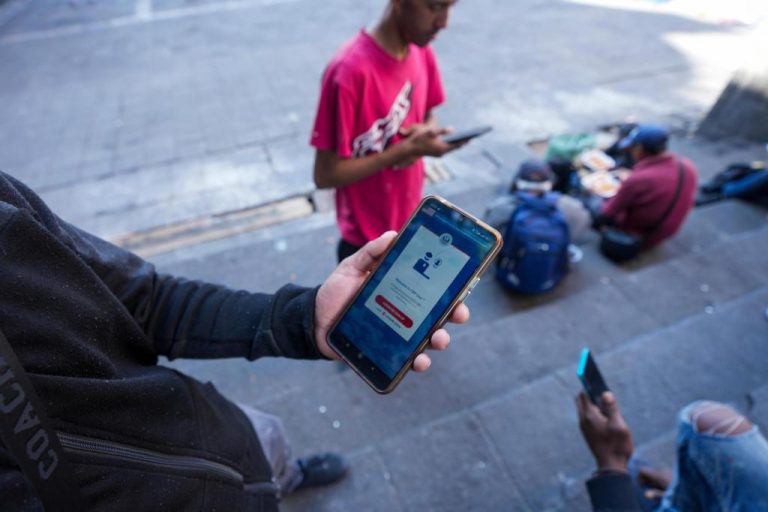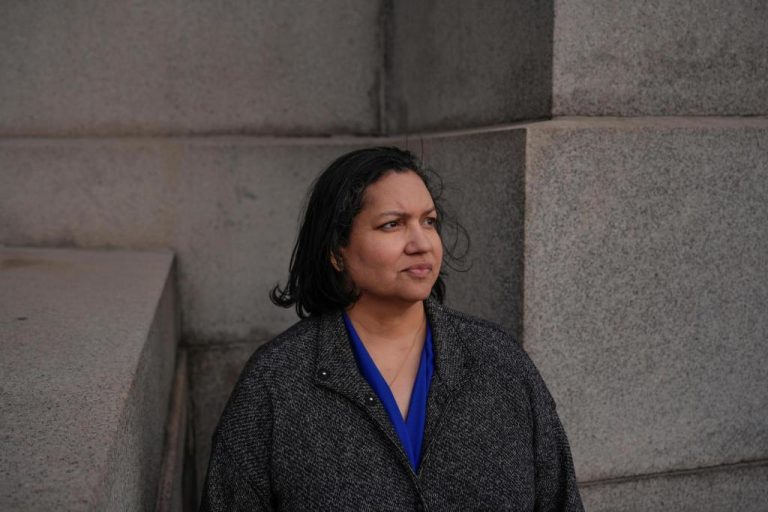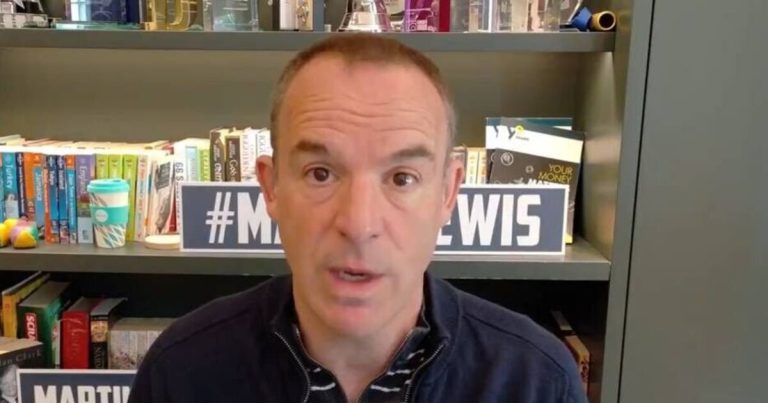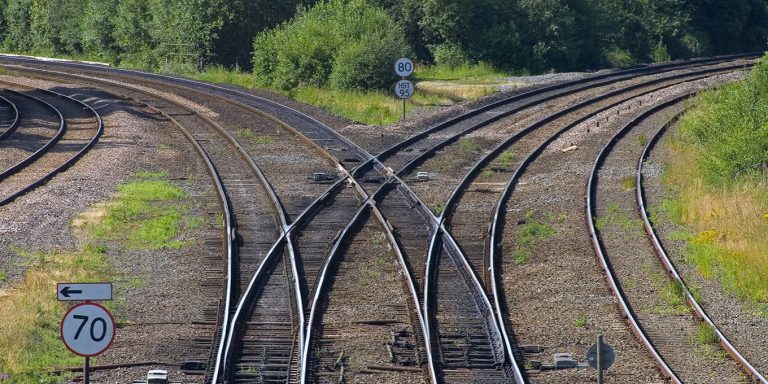

Larry Fletcher fondly recalls filling in for his grandfather Col. Ed Fletcher’s driver when he was a teenager. Those drives were an opportunity for the two of them to bond, but more importantly, Larry said it allowed his grandfather to safely think about big-picture ideas instead of getting distracted while driving himself from place to place.
“I recall stories of him that he could not even drive a car because when he did, and he went up Sixth Avenue or Fifth Avenue, the trolley used to sideswipe him,” Larry said.
Even though Ed wasn’t much of a driver, he did have the foresight in the early 1900s to advocate that construction of the Old Spanish Trail Highway come to San Diego instead of Los Angeles.
“He was always thinking ahead, but he was 30 years ahead,” Larry said of his grandfather.
The southern transcontinental auto trail would eventually become the U.S. Highway 80, and later Interstate 8 from Phoenix to San Diego. But at the time, it was one of the first cross-country roads for cars. Construction of the road, which ended in the 1920s, connected Florida to California coastlines through St. Augustine, Fla.; Mobile, Ala.; New Orleans; Houston; San Antonio; Phoenix and San Diego.
Next weekend, the Old Spanish Trail Centennial Celebration Association will celebrate the 100th anniversary of the road’s completion in San Diego.
The free four-day celebration includes a public symposium on Friday, Nov. 3, at the El Cajon Courtyard by Marriott, 141 Magnolia Ave., with complimentary breakfast and lunch, an exhibition hall featuring local organizations and lectures on the history of the Old Spanish Trail.
On Saturday, drivers of modern and vintage cars can participate in an Old Spanish Trail Motorcade starting from the El Cajon Courtyard by Marriott parking lot and ending with a picnic lunch at Flinn Springs County Park.
The event will close Sunday with a guided drive along some of the more hidden and challenging parts of the trail, led by Lakeside Historical Society Vice President Robert Harding Jr.
Plans for a decadeong series of Old Spanish Trail centennial celebrations started more than 20 years ago when a plaque marked with the letters OST was found during street reconstruction in San Antonio.
At the time, former Mayor Edward D. Garza asked local recreational historian Charlotte Kahl to look into the history of what the mysterious plaque signified. The resident of San Antonio had spent years researching and writing booklets about the history of her neighborhood, local churches and other subjects in San Antonio.
When she started her initial Google search in an attempt to decipher the initialism, Kahl got unlikely suggestions.
“You can get oysters and smoked turkey sent to you in a box from Great Britain, and I said, ‘I don’t think that’s it.’ It took us forever to find out that it was this old highway,” said Kahl, 81.
Eventually, she learned that the former cross-country road was headquartered in San Antonio, and that the 100th anniversary of the initial meeting to plan it would be happening in 2015.
In the years since, Kahl has dedicated her time to leading efforts to celebrate the anniversaries of major milestones of its construction across the country. She would visit small towns along the route to find local farmers who might have seen similar OST markers in the area.
Through her research, Kahl found that many cities in the South had advocated for the road to come through with the hopes that it would bring a greater number of tourists to spend money in local hotels and other businesses. Meanwhile, other towns fought against the road as residents feared it would bring bootleggers and the distribution of illegal alcohol into their communities during the Prohibition era.
For years, Ed Fletcher pushed for a transcontinental highway to end in San Diego, pairing with race car driver Barney Oldfield to race against teams from Los Angeles to see who could make it from Phoenix to their respective cities faster.
“They kept winning, so when (the Old Spanish Trail planners) got here in 1915 to build the highway out of Yuma, Colonel Ed was right there saying ‘Look, Barney Oldfield beat them every time,’ ” Kahl said.
More than a decade of advocacy worked, and on Nov. 17, 1923, Ed unveiled a marble monument in Horton Plaza Park to mark the end of the Old Spanish Trail and Lee Highway, which connected San Diego to Washington, D.C., the San Diego Union reported at the time.
The monument marking the end of Lee Highway, which was named after Confederate Gen. Robert E. Lee, was removed amid Black Lives Matter protests in 2020 because of Lee’s links to slavery.
For more information about the Old Spanish Trail Centennial Celebration Association, the upcoming event and registration, visit oldspanishtrailcentennial.com, call (210) 735-3503 or email ost100kahl@aol.com.







